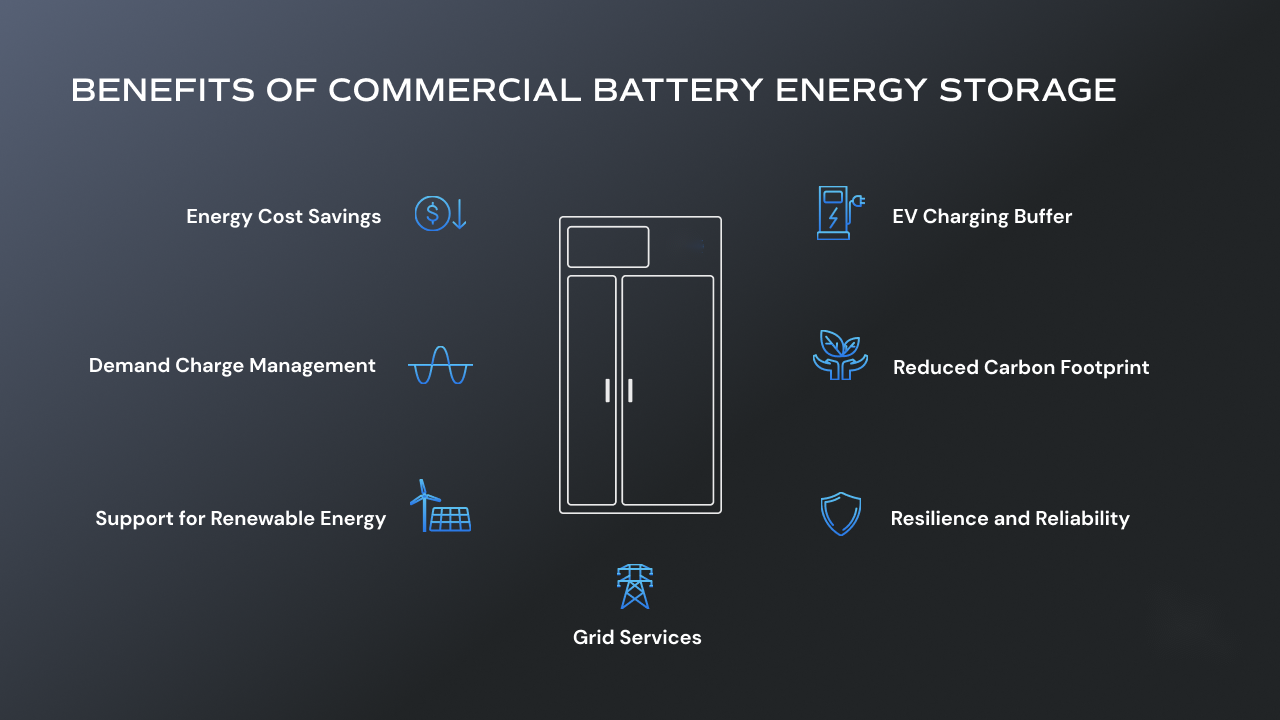
Jan . 12, 2024 14:58 Back to list
Battery Energy Storage System Basics: Battery, PCS, BMS
The global energy crisis and the pressing need for environmental protection have brought energy storage technology to the forefront as a key solution. Among the various energy storage technologies available, battery energy storage systems have emerged as one of the most practical and commonly used options. At the heart of these systems lie three essential components: batteries, power conversion systems (PCS), and battery management systems (BMS).
First, let's delve into the batteries themselves, which serve as the core of battery energy storage systems. Batteries are devices that convert chemical energy into electrical energy. They are made up of positive and negative electrodes, an electrolyte, and a separator. There are several types of batteries available, such as lead-acid batteries, nickel-hydrogen batteries, and lithium-ion batteries. Of these, lithium-ion batteries have gained popularity due to their high energy density, long lifespan, and environmental friendliness.
Moving on to the power conversion system (PCS), this component plays a crucial role in battery energy storage systems by converting the electric energy stored in batteries into AC power that can be supplied to the grid or users. PCS typically consists of inverters, transformers, and controllers. Its primary function is to convert DC power into AC power, control the input and output of electrical energy, and ensure the safety and stability of the entire system. The performance of the PCS directly impacts the efficiency and service life of the battery energy storage system.

Next, we have the battery management system (BMS), an integral component of the battery energy storage system. BMS includes monitoring modules, control modules, and communication modules. Its primary responsibility is to monitor and control the battery's state in real time, encompassing parameters such as voltage, current, temperature, and state of charge (SOC). Additionally, BMS protects and controls the battery from potential risks, such as overcharge, over-discharge, and overcurrent, ensuring its safety and lifespan.
In summary, the battery energy storage system comprises three fundamental components: batteries, PCS, and BMS. Batteries serve as the core storage mechanism, PCS converts stored energy into usable AC power, and BMS actively monitors and protects the battery, ensuring its optimal functioning and longevity. Achieving efficient, stable, and safe operation of battery energy storage systems relies on the harmonious cooperation between these three components.
Efficient energy storage is essential for meeting the demands of a fluctuating energy grid and reducing reliance on fossil fuels. Battery energy storage systems offer a viable solution to these challenges, providing a means to capture and utilize excess energy and deliver it back to the grid when needed. This technology has the potential to significantly enhance the reliability and stability of power supply, paving the way for a cleaner and more sustainable energy future.
As the global energy crisis intensifies, there is a growing need for further research and development to advance battery technology and optimize the performance of battery energy storage systems. Improvements in battery energy density, lifespan, and cost-effectiveness are crucial to accelerating the adoption of battery energy storage on a larger scale. Additionally, the integration of intelligent control systems and advanced monitoring technologies can enhance the efficiency and safety of battery energy storage systems, making them an even more attractive solution for future energy needs.
In conclusion, battery energy storage systems are at the forefront of the fight against the global energy crisis. Batteries, PCS, and BMS constitute the essential components of these systems, collectively working together to store, convert, and optimize energy usage. As the world strives to transition towards cleaner and sustainable energy sources, battery energy storage systems will play a pivotal role in achieving this goal. Continued advancements in battery technology and system integration will propel the widespread adoption of energy storage, providing a more reliable and environmentally friendly energy landscape.
Will be removed if infringing
Reference website:https://www.scupower.com
-
Stackable Battery System: Revolutionizing C&I Energy Storage with Suzhou ACDC
NewsJul.21,2025
-
Revolutionizing EV Charging with Suzhou DC Quick Charging Stations Solutions
NewsJul.21,2025
-
Revolutionize Your Power Needs with Suzhou ACDC's Portable Power Station Solutions
NewsJul.21,2025
-
Outdoor Integrated Temperature Control Cabinet: Elevating Energy Storage Cabinet Efficiency
NewsJul.21,2025
-
Container Type Energy Storage System: Revolutionizing Energy Storage with Stackable Battery Solutions
NewsJul.21,2025
-
Advanced Self-Cooling Energy Storage Cabinet Solutions
NewsJul.21,2025























